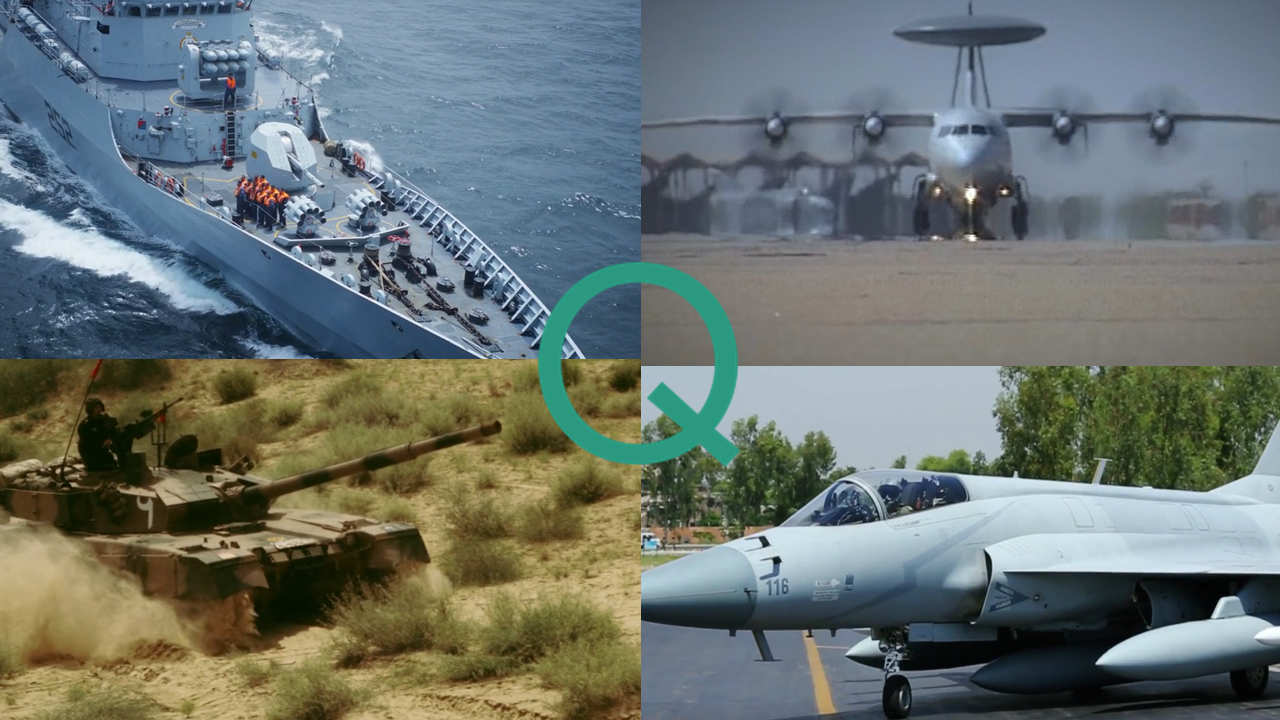27Views 11Comments

This Week in Review: Strategic Shifts and Maturity
Every Sunday, Quwa will close the week’s news with a review and analysis with the aim to tie together several topics into broader themes. It is an opportunity to reflect upon and discuss issues in a way where key trends are identified and individual news topics are connected into a “bigger picture.”
Strategic shifts require adaptation in practice, not promises in words.
This is a bit of a different article compared to what is usually posted on Quwa. Although this is more of a policy topic, as opposed to a typical defence topic surrounding weapon systems, there is no better way to reflect on India’s entry into the Missile Technology Control Regime (MTCR).
In part-one of Quwa’s analysis of India’s entry into the MTCR, it was noted that India’s procurement and development capacities would benefit immensely. The MTCR was a significant occasion on its own terms, so one could imagine how momentous it would have been for India had it also gained entry in the Nuclear Suppliers Group (NSG – which was blocked as a result of China’s efforts).
Large and powerful countries such as India can wield foreign relations currency (thanks to possessing large markets and healthy treasuries), but that alone is not enough to gain entry in international bodies designed to tightly regulate the proliferation of technology that can decisively elevate a country’s tactical and strategic capabilities. China’s pending MTCR application is plainly indicative that the support of the U.S., the leading world power, is essential for entry in a body that actually verifiable value for its members.
Washington’s support of India, which is driven by its desire to have New Delhi serve as a tool for containing China, is much beyond an open secret at this point. It is fact. Powered by comparative stability, a positive outlook in the eyes of other countries (which helps in pulling foreign direct investment), a large economy, and direct access to technology, the cumulative support behind an average Indian defence program will be higher than that of an average Pakistani equivalent.
Mismanagement, hubris and bureaucratic inertia can only encumber India’s military programs (e.g. Tejas) for so long, time will eventually make way for efficiency. Just consider the growth at the private sector of India’s defence industry. For Pakistan to attain parity with its own programs, it will need to enhance its own support base, but the bulk of that will need to be drawn from an expanded domestic industry and a growth of Pakistan’s few vendor partnerships.
In spite of this reality, Pakistan is not pursuing a foreign relations policy to fundamentally rectify its relative standing vis-à-vis India. This is not to say that Pakistan should work harder to align itself with U.S. interests, to suggest as much would be to belie the reality. As far as Washington’s policies are concerned, the U.S.’ actions will never result in the strengthening of Pakistan at India’s expense. Yes, some absolute gains could be accrued (e.g. counterinsurgency support), but those gains will not tilt the balance against India.
Consider a practical example – the MTCR and NSG. If the U.S. is a decisive broker in the NSG and MTCR, then how can Pakistan’s entry into any of these bodies result in Pakistan’s relative strengthening? The MTCR and NSG ideal channel for the U.S. to push for capping Pakistan’s nuclear program and/or altering the nature of its relationship with China. Furthermore, even if Pakistan were to gain entry into any or both of these bodies, how can one guarantee the supply of high-tech goods when India could simply continue throw its weight around to discourage prospective suppliers?
It is time that Pakistan comes to terms with the fact that it does not have the same level of support from the international community that India currently enjoys. In addition to making due to what it can access, Pakistan would need to build its internal capacities such that it can more effectively engage in indigenous research and development. For this, a strong economy is essential (to fund programs, enhance education, build infrastructure, etc), and economic strength is not possible under the shadow of corruption, lack of accountability, lack of direction in foreign policy, and most of all, lack of sincerity in governing.
Yes, it is an unfair scenario considering one is basically asking Pakistan to operate like a very ambitious country (raising one’s right to prioritize their own values and interests above that of the world’s only super power is not to be taken lightly), but when with the odds stacked against it, Pakistan has to operate above its weight. This is especially true if one desires a powerful military, which in turn is a necessary pillar of a powerful state. The two basically work hand-in-hand.
Some may question if Pakistan is even capable of such measures, but the belief that Pakistan is inherently incapable is unfounded. In spite of the constraints (described above), Pakistan has shown the capacity to take on complex initiatives, or at least appreciate the value of such efforts. The drive to establish Kamra Aviation City, the motivation to expand upon the domestic base built via the JF-17 to new heights in a next-generation fighter (as opposed to simply committing to an off-the-shelf design), and interest in improving the ability of the Pakistani defence industry to tap into the global market are examples.
But in the face of lacklustre economic management and meek foreign relations effort (which is necessary to find partners), what more could one ask from – for example – the Pakistan Air Force or Pakistan Aeronautical Complex? A defence analyst can only discuss matters relating to a country in the confines of what is possible with that country. The responsibility to expand what is possible rests in the hands of those who are responsible for deciding the country’s orientation, and in managing its resources.


